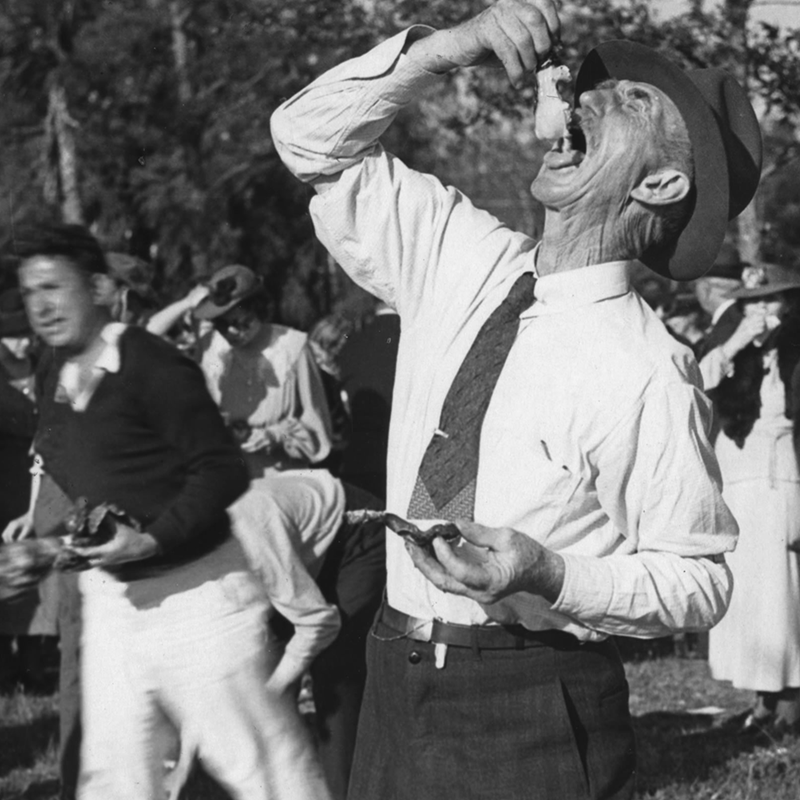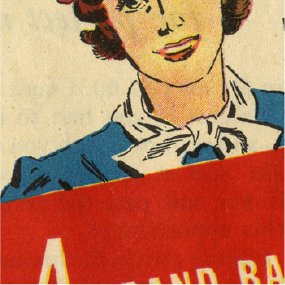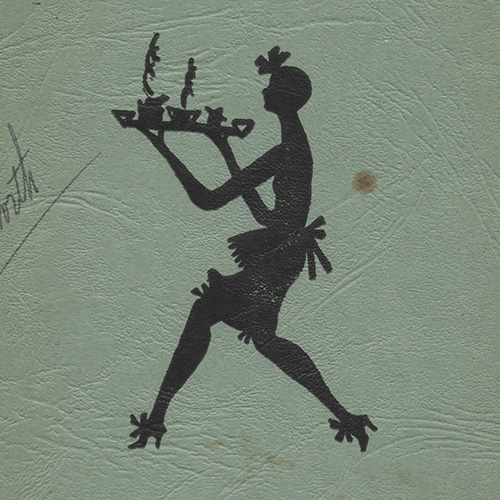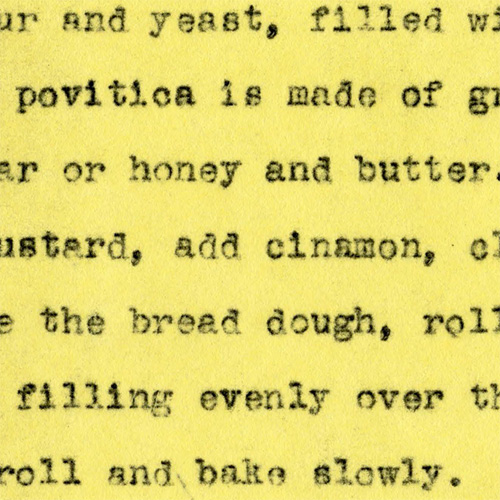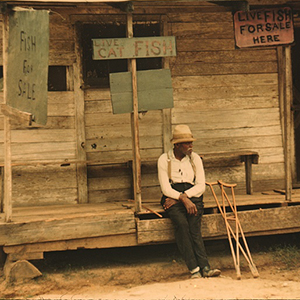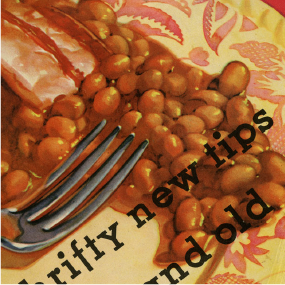What America Ate
Preserving America's Culinary History from the Great Depression
Welcome to What America Ate, an interactive website and online archive about food in the Great Depression, funded by the National Endowment for the Humanities. What were Americans eating in the Depression? Economic upheaval, mass migration and technology were all changing Americans' diets, and people living through the Depression wondered if there was such a thing as American cuisine and who was eating what. To answer those questions, the U.S. government did something extraordinary: it created the America Eats Project, sending writers around the country to document American eating. Today, for the first time, America Eats sources that had been scattered across the country are digitized and fully searchable, along with almost two hundred local community cookbooks and thousands of food advertising materials from the 1930s. Start exploring now!
